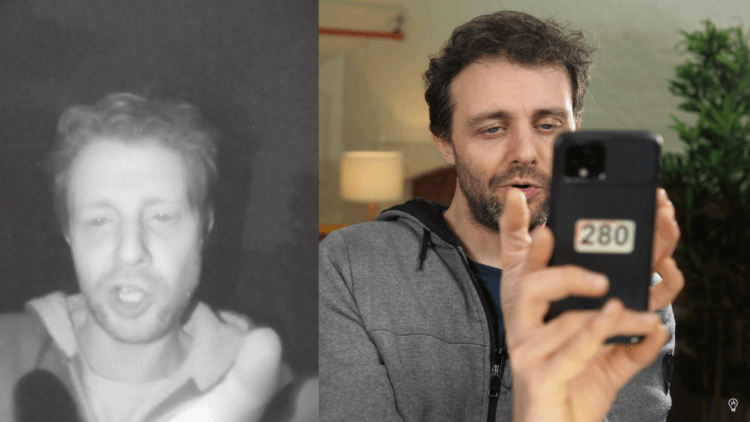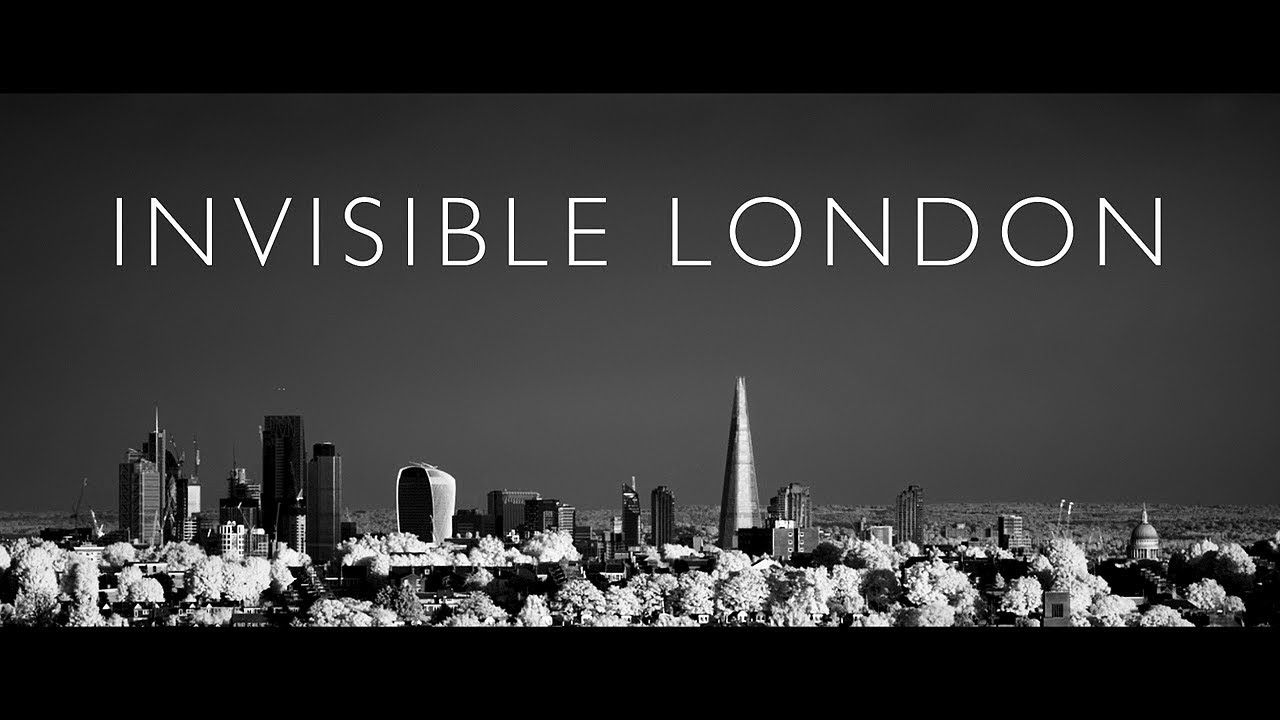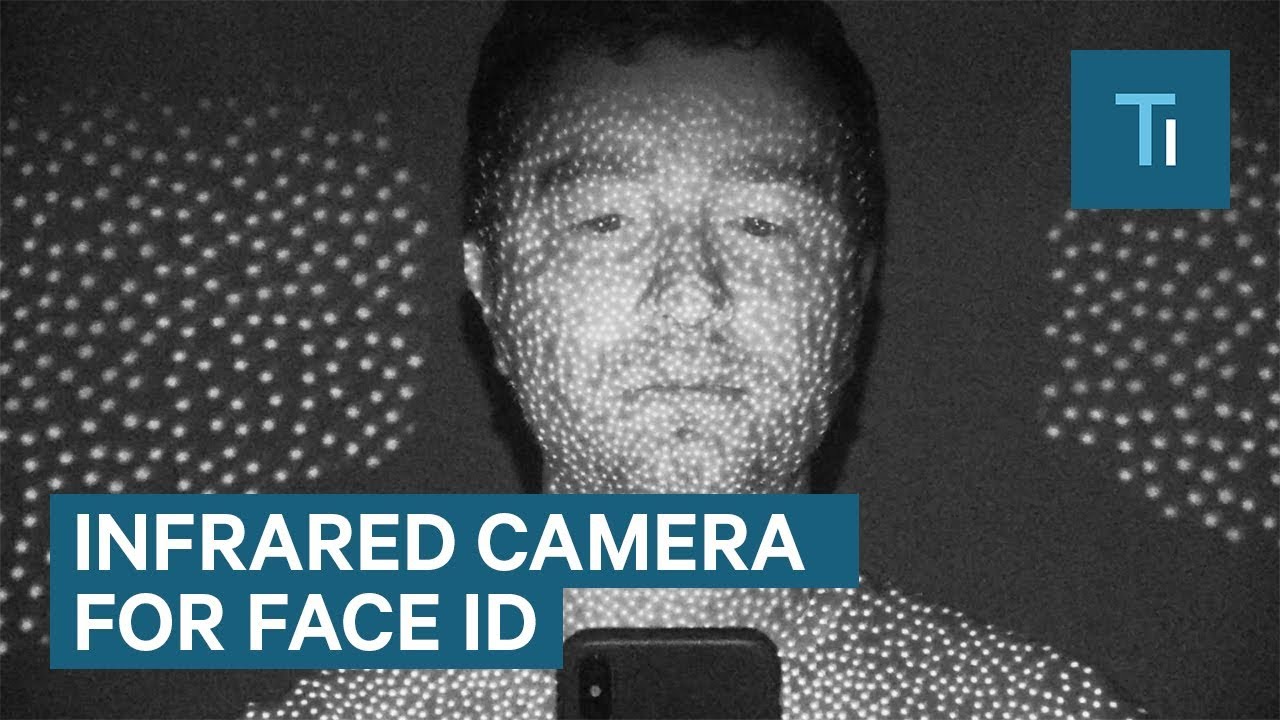Pixel 4 users recently made a small discovery by installing custom camera apps. They allow you to switch to your device's infrared camera and see the world in a completely different way. And all thanks to openness Android. For example, this would never have been given to the owners iPhone. One of the Pixel 4 owners tested the IR camera by filming a short video of how the camera works and what it sees. Let's study it.

How does the fingerprint scanner in a smartphone work?
The picture from the infrared camera looks like this:

Pixel 4 IR camera
How does face unlock work in a modern phone using the Pixel 4 as an example?
An infrared camera does not see light familiar to the human eye, therefore any light sources for such a camera do not exist. The light for such a camera comes from a special mini Flood Illuminator. Near it in opposite corners of the device are two infrared cameras. A dot projector is located next to them, it projects dots onto the user's face.
To evaluate the work of the dot projector, the author of the video took iPhone his wife, since Pixel 4 at the time of shooting cannot use unlock.

iPhone projects 30 thousand points onto a person's face. You can't tell right away, however, you can see that they were processed even on the wall behind, which indicates a wide range of action of such a projector, which will allow unlocking the device at a great distance and at a large angle.
iPhone uses regular unlocking, while the Pixel 4 is 3D unlocking thanks to the presence of two infrared cameras. Due to the difference in distance between them, the device can create a depth map, which makes face unlocking more accurate.
That is why in Pixel 4 the top bezel was located on the full width of the screen – they needed to achieve maximum accuracy in recognition due to a more accurate depth map, and the further the cameras are from each other, the more accurate and three-dimensional the depth map will be.
It's funny, but the infrared camera is not able to see the colors of the painting. But with modern kitchen stoves, everything is different:

This is what a modern induction cooker looks like, captured with an IR camera.
You can evaluate how infrared cameras see familiar objects in this video:

The most interesting thing might seem to be red wine, which looks like water in an infrared camera.
Why exactly IR cameras? The fact is that they are capable of working in any light visible to a person. Visible light cannot blind such a camera, and the absence of light does not interfere with it in the presence of its own light source invisible to the human eye. In simple terms, IR cameras can see in complete darkness. An IR projector in smartphones emits infrared light of a specific wavelength. To make it invisible to the human eye, wavelengths of 850 nm and 940 nm are used.

This is how FaceID works in iPhone. The principle of operation is completely similar to how face unlock works in Pixel 4.
Is the face scanner eye safe?
Yes. Using a face scanner does not harm your eyesight. Don't worry about that.
Microsoft came first?
In 2015 Microsoft introduced the Lumia 950. The device was equipped with an eye scanner based on an infrared camera. The device can be called the first of its kind with such technology. And only 2 years later the company Apple was able to show an improved version with a projector of points on the user's face for more accurate analysis.
What to expect in the future?
Already, manufacturers have learned to embed cameras under a smartphone display. It is likely that in the future, all other sensors responsible for 3D face unlock will also be placed under the screen, thus eliminating the wide bezels.
In addition, it is possible that for greater accuracy, infrared cameras will be installed in all four corners of the smartphone around the entire perimeter, this will allow more accurate creation of a depth map, which will minimize the likelihood of errors during unlocking.
Which unlocking tool do our readers prefer: a face scanner or a fingerprint scanner? Share your opinion in the comments and don't forget about our Telegram chat.
